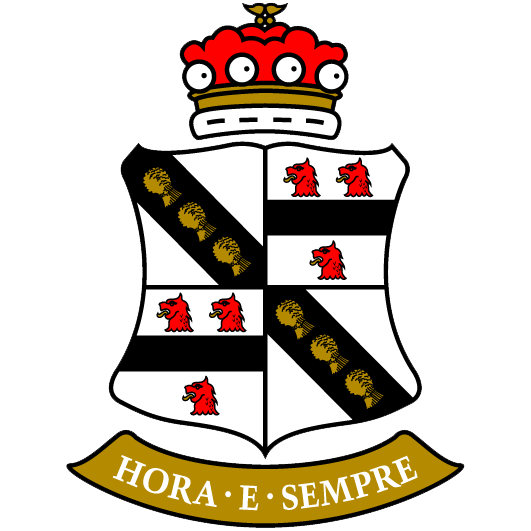A dog’s age can considerably enhance the accuracy of race predictions. This is because the age of a greyhound dog can inform individuals about the consistency of its past performances in races.
Method for Calculating a Greyhound’s Age
In the United Kingdom’s Racing Form, a distinctive method is utilised to determine a greyhound’s age. The age of a greyhound is calculated from the first day of its birth month, disregarding the specific day the greyhound was born. This means that a greyhound born toward the end of a month would still have its age calculated from the first day of that same month.
Greyhound Dog: Classification and First Exposure to Racing
All greyhounds aged less than 24 months are considered puppies in the greyhound racing world. These young dogs begin their journey toward becoming racers as follows:
Initial training: At approximately 12 months of age, these puppies are introduced to the concept of racing.
First grading: Following their schooling trials, most juvenile dogs that obtain a qualifying ‘grading in time’ will debut in their first race between 15 to 18 months of age.
However, each trainer may have their unique approach, especially with ‘well-bred pups’. These dogs may be slowly and cautiously introduced to the racing scene, resulting in a different timeline as follows:
Winter’s rest: Some trainers may delay the pups’ exposure to racing, providing them with a rest during the winter months.
Spring introduction: Following this winter break, these dogs are then introduced into the racing scene during spring. They are likely to be fresh, fully fit and ready for the ‘Puppy Opens’, a significant event held later in the summer months.
These lightly raced greyhounds often have significant potential for improvement during the subsequent weeks and months. They carry promising racing potential, recognized as a good sign in predicting future race winners.
However, an aspect of greyhound puppies’ performance to bear in mind is their tendency to run ‘green’ and exhibit inconsistent racing behaviour. This inconsistency can be attributed to their learning process, as these young puppies are still mastering the art of winning in dog races.
The following table summarizes the stages of a Greyhound’s racing life:
| Age (months) | Stage | Activity |
|---|---|---|
| <12 | Puppy | Initial training |
| 12-15 | Juvenile | Schooling trials, grading in time |
| 15-18 | Juvenile | Race debuts |
| 18-24 | Well-bred Pup | Potential rest/winter break, spring introduction to racing |
Prime Age of Greyhounds in Racing
In greyhound racing, the age at which a dog reaches its prime can fluctuate significantly. The age range at which a greyhound reaches its peak performance often dictates the course of its racing career, from sprint and middle-distance races to marathon challenges and potential retirement.
Prime Age for Racing
The general consensus regarding a greyhound’s prime age for racing can be divided into two perspectives:
30 to 36 months: This age range is commonly perceived as the prime time for dogs in greyhound racing.
21 to 30 months: However, there is an alternate view that some greyhounds peak somewhat earlier, particularly ideal for backing dogs in sprints and middle-distance races.
Bitches might take slightly longer than their male counterparts to reach their full potential.
Greyhounds in their Second or Third Racing Season
Greyhounds aged between 36 to 48 months enter their second or third racing season, bringing a wealth of experience to the racecourse. These seasoned dogs are more accustomed to the vigorous dynamics of racing and display notable consistency in their performances. This consistency can be evidenced by the close times recorded in their races.
Special Case: Open Class ‘Marathon Bitches’
Open class ‘Marathon bitches’ commonly enhance their performances during their second racing season over lengthy distances.
Veteran Greyhounds
Greyhounds over 48 months old are considered veterans in the greyhound racing community. At this age, many of these dogs reach the twilight of their racing careers and may move towards retirement. However, despite aging, a few of these seasoned campaigners still succeed in winning races, while others may show signs of slightly diminished pace and vitality.
Below is a summarizing table highlighting the progression of a Greyhound through their racing career:
| Age (months) | Stage | Characteristic Traits |
|---|---|---|
| 21-30 | Early Prime | Potential peak performance, ideal for sprint and mid-distance races |
| 30-36 | Prime | Generally acknowledged prime age |
| 36-48 | Second/Third Season | Experienced, more consistent performances |
| >48 | Veterans | Approaching retirement, diminished pace but possible race wins |
Determining a Greyhound’s Age
In order to determine the age of a greyhound in a specific context, such as gambling or dog breeding, one has to locate the ‘whelping date’. This date, which indicates when the greyhound was born, is usually mentioned in the dog’s form lines, next to the dam’s (mother’s) name. After finding this date, the individual can calculate the number of months that have elapsed since the dog’s birth.
Process of Determining a Greyhound’s Age
The following are the key steps involved in finding out a greyhound’s age:
Locate the whelping date: This date is usually found in the form lines, a record of the greyhound’s race history and lineage, located next to the dam’s name.
Calculate elapsed time: After finding the whelping date, one can calculate the approximate number of months that have elapsed since the date. This would provide the age of the greyhound.
This information can be critical, especially in scenarios such as predicting outcomes of greyhound races or making decisions regarding the training or breeding of greyhound dogs.
The table below demonstrates the necessary data points and steps to calculate a Greyhound’s age:
| Data Points | Process |
|---|---|
| Whelping Date | Found in the form lines next to the dam’s name |
| Current Date | Time of the calculation |
| Greyhound’s Age | Calculated by finding the number of months that have elapsed between the whelping date and the current date |




